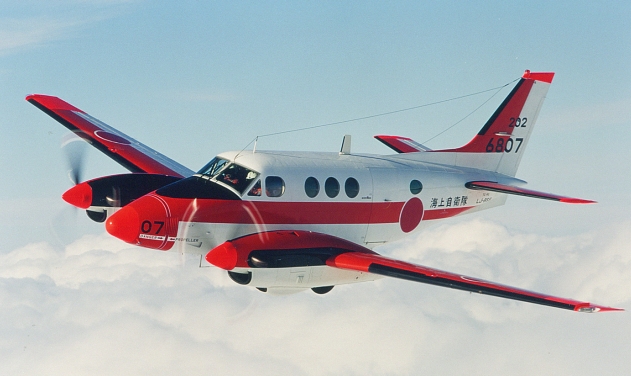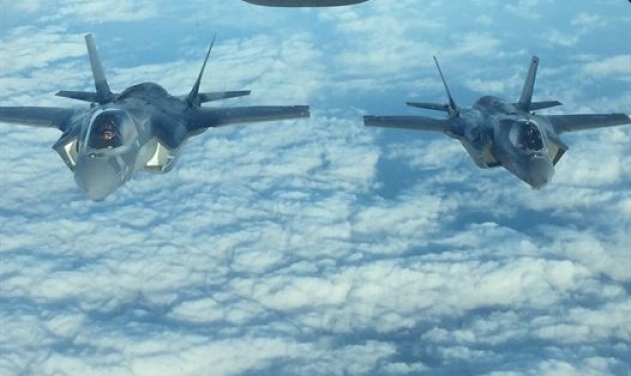North Korean, Chinese Threats Prompt Japan To Launch Military Satellite

Japan has launched its first military communication network satellite to deal with threats from China and North Korea.
The Japanese Defense Ministry launched Kirameki-2 communications satellite using an H-2A rocket from Japan Aerospace Exploration Agency's Tanegashima Space Center in Kagoshima Prefecture, southwestern Japan, Mainchi reported Tuesday.
The satellite is one of the three defense satellites that will replace three civilian satellites currently used by the self-defense forces (SDF).
“The new satellites will facilitate direct communications among units of the Ground, Maritime and Air Self-Defense Forces through a high-speed, high-capacity network, serving as a communications infrastructure to counter the North Korean missile threat and defend remote islands,” the news daily quoted Defense Ministry officials as saying.
The ministry plans to operate the Kirameki-2 over the Indian Ocean and expects it to be also used by SDF personnel taking part in U.N. peacekeeping operations in South Sudan and an antipiracy mission off Somalia, they said.
The importance of the SDF's communications infrastructure has also increased following the enactment of security legislation expanding the SDF's activities overseas to contribute more to regional and global peace. The legislation, which loosens constraints imposed by the war-renouncing Constitution, came into force last March.
The launch of the Kirameki-2 on an H-2A rocket by Mitsubishi Heavy Industries Ltd. precedes that of the Kirameki-1, which is undergoing repairs after it was damaged during transportation to a launch site in French Guiana in South America.
The launch of the Kirameki-1, originally set for July 2016, is now scheduled for March 2018 at the earliest, while that of the Kirameki-3 is planned for around the end of fiscal 2020, the officials said. The Kirameki-1 is expected to operate over the Pacific Ocean and the Kirameki-3 over Japan.
The total costs for the Kirameki-1 and -2 are about 130 billion yen ($1.1 billion), they said.
The ministry expects to use the new set of communications satellites, operating with X-band technology, for about 15 years. The X band is a frequency widely used for military communications.













